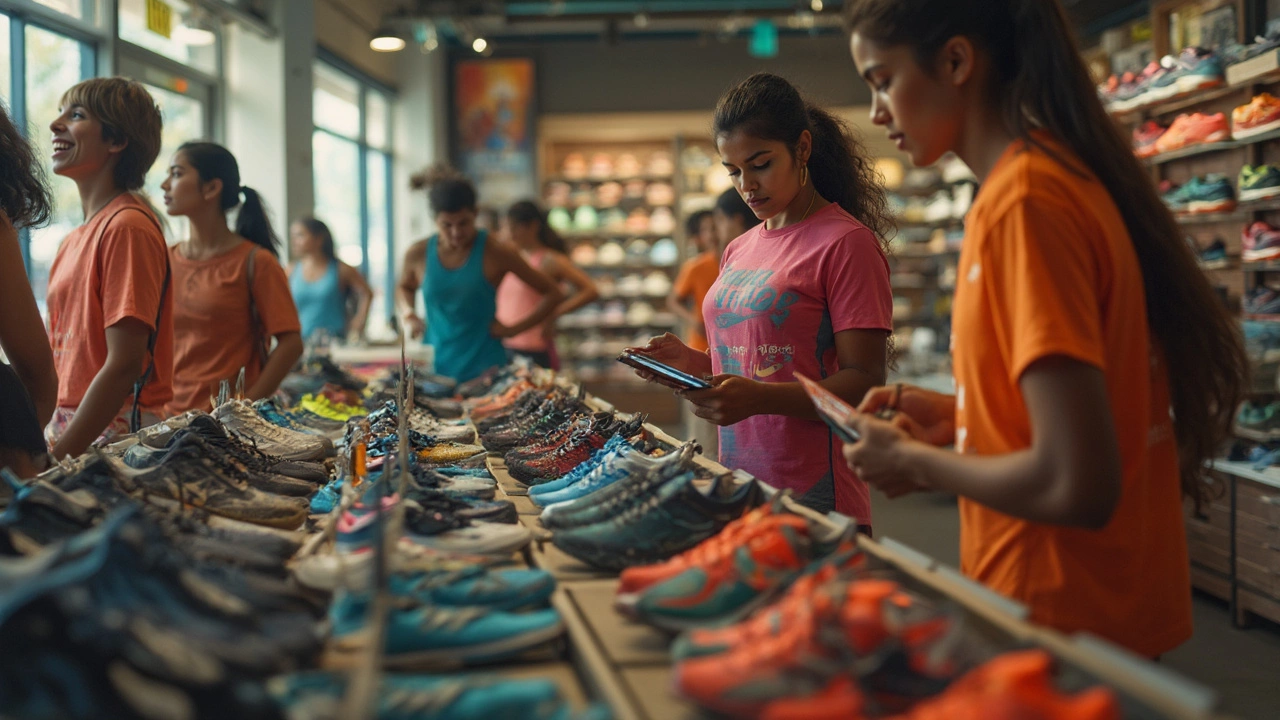Best Shoes for Running – Choose the Pair That Works for You
If you’ve ever bought a pair of running shoes that felt great in the store but started hurting your feet after a few miles, you’re not alone. The right shoes can make a run feel effortless; the wrong ones turn a jog into a slog. Below are straight‑forward steps to pick the perfect pair, plus suggestions for road, trail, and speed runs.
What to Look for When You Shop
Fit matters most. Your foot should sit snugly in the toe box with a thumb’s width of space at the front. If your toes are cramped or slide around, expect blisters.
Cushioning level. Beginners usually enjoy extra cushioning that absorbs impact. Faster runners often prefer a lower‑profile shoe that gives a more natural feel. Test both by jogging a short distance in the store.
Drop (heel‑to‑toe height). High drop (10‑12 mm) pushes you onto your heels, which can be comfy but may strain the calves. Low drop (0‑4 mm) encourages a mid‑foot strike and can improve efficiency if you’re ready for it.
Support vs. flexibility. Overpronators (feet roll inward) benefit from stability shoes with medial posts. Neutral runners get away with lightweight, flexible shoes that let the foot move naturally.Breathability. Mesh uppers dry faster and keep feet cooler. If you run in rain or snow, look for water‑resistant models with sealed seams.
Try on shoes at the end of the day when your feet are slightly swollen – that’s when they’ll be at their largest. Walk, jog, and do a quick sprint in the aisle to feel how they respond.
Top Picks for Different Running Surfaces
Road running. For pavement miles, a shoe with responsive cushioning and a smooth outsole works best. Models like the Nike Pegasus or Brooks Ghost give a soft ride without added weight.
Trail running. Trails demand grip, rock protection, and a bit more durability. Look for deep lugs and reinforced toe caps. The Salomon Speedcross or Hoka Challenger provide solid traction and cushioning on uneven ground.
Speed work and races. When you’re chasing a personal best, shave off every gram. Racing flats such as the Saucony Endorphin or Adidas Adizero are thin, lightweight, and built for fast turnover.
Remember, you don’t need a separate pair for every workout. Many runners rotate a cushioned daily shoe with a lighter race shoe to extend the life of both.
Finally, replace your shoes every 300‑500 miles. The midsole breaks down even if the upper still looks okay, and worn out shoes raise injury risk.
Choosing the best shoes for running is less about brand hype and more about how the shoe feels on your foot. Use the checklist above, try a few pairs, and you’ll notice the difference on your next run. Happy trails, roads, or tracks – whichever you love – and enjoy the comfort of a shoe that truly fits you.
